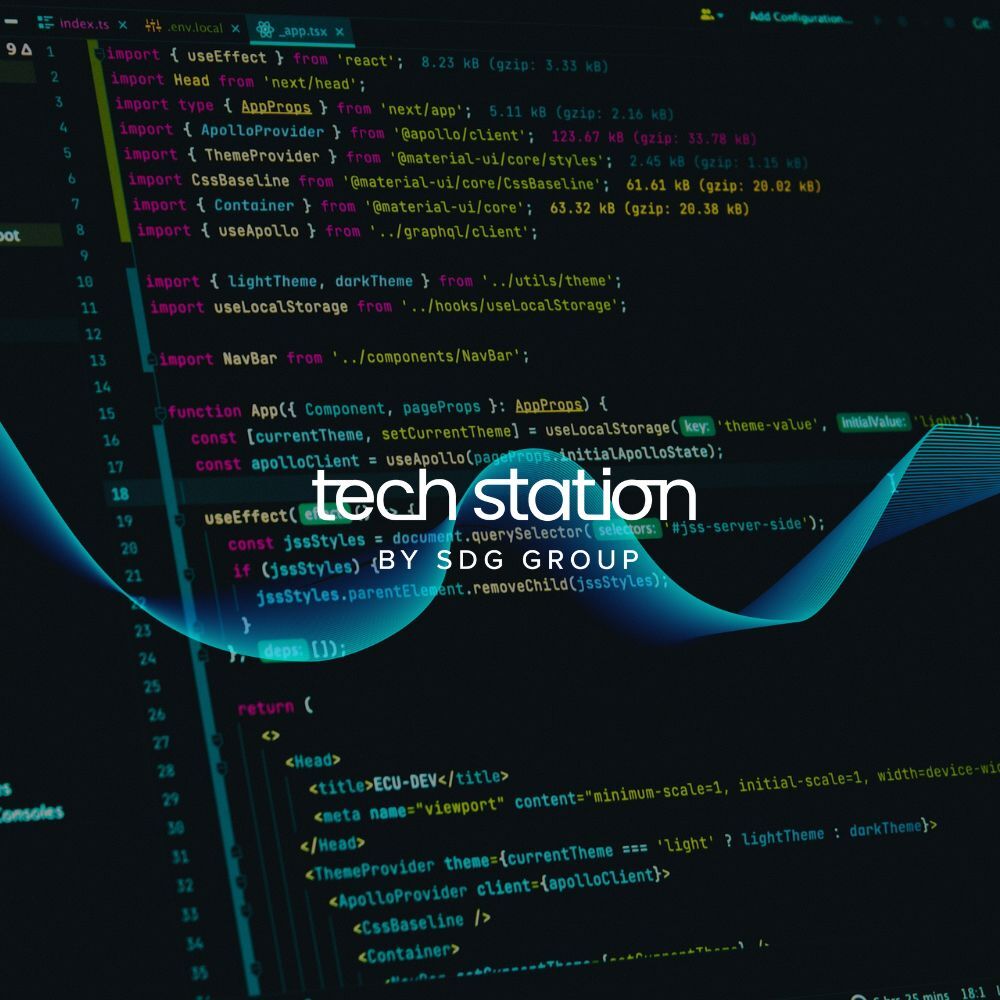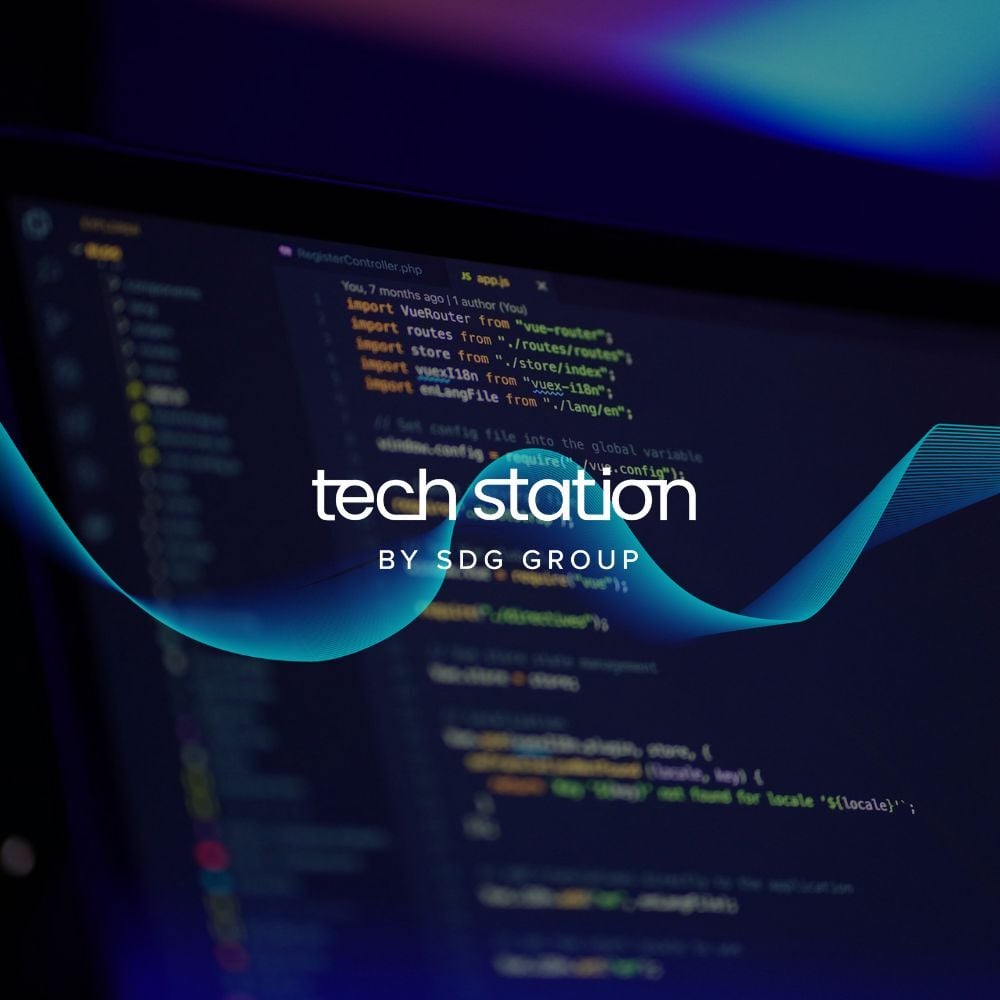Now that data is the most transformative asset in business, it’s essential to prepare for what lies ahead, and to adjust strategies accordingly in order to successfully face the business landscape of tomorrow.
2020 Data & Analytics Trends

We have identified 10 trends happening in 2020 that will be catalysts and enablers for change, and they will drive companies to enhance capabilities to stay at the forefront of innovation. They will allow data to be consumed dynamically and in different ways, causing people to search and think of new ways to use data.
We have segmented the 10 trends for 2020 into three categories:
- Given Trends: These trends are a must and require action now.
- Trends on the Rise: These trends will have a significant impact.
- Slow-Shift Trends: These trends are starting to surface.
Given Trends
These trends are a must, and they require action now.
1.) The Cloud: No Limits to Data Warehousing
It’s apparent that legacy on-premises platforms have failed to make data accessible to all users. For that reason, the cloud will be the future of the data warehouse.
Cloud data warehouses provide the benefits of flexibility, agility, low system administration overhead, cost effectiveness, scalability and performance. There are innovative cloud data warehouses in the market, and companies need to move to a technology that supports a multi-cloud strategy, can instantly gather data from a myriad of data sources, and can scale to support essentially unlimited users and processing.
Additionally, cloud data warehouses make it possible for users across the organization to share governed data internally and externally without moving data and copying it from place to place. Even large companies, and companies with significant pressure around data security and privacy will move to the cloud because new technologies have proven to be secure.
2.) Natural Language Processing & Conversational Analytics: The Boost to Data Democratization
Making data more accessible to all people continues to be a priority across organizations, and Natural Language Processing; a form of AI that analyzes text, and Conversational Analytics; a form of AI that analyzes voice, both need to be used to support this initiative.
Natural Language Processing and Conversational Analytics will be catalysts for democratizing data because they make it easy to ask questions and find answers in data. Users can simply text or talk, just as if they were using a search engine or AI Assistants like Alexa, Siri, or OK Google.
Technologies like Thoughtspot, Qlik, Tableau, Microsoft Power BI, and SAP have all have added capabilities to address the need for Natural Language Processing and Conversational Analytics.
3.) The 3 Knights of Digital Transformation: Data Governance, Data Strategy & Business Strategy
In this new business paradigm, data is a strategic asset that drives transformation. Therefore, in order to complete Digital Transformation plans, both the Data Strategy; a plan primarily designed to convert data into assets to achieve the company’s strategic objectives, and Data Governance; a work approach that facilitates an understanding of the data and information lifecycle, need to be a part of the overall Business Strategy, and pushed down from the C-Suite to the rest of the organization to be activated strategically.
This will put the Data Strategy and Data Governance into the strategic lines of the business and will result in greater control and responsiveness from the entire organization.
4.) Say Goodbye to Patchwork. Flow with a Data Fabric.
Many companies still have legacy systems and methodologies that lead to silos of data. To break down silos, and to simplify and make data management integration consistent across cloud and on-premise, companies need a Data Fabric.
A Data Fabric is an architecture that enables seamless access and data sharing in a scattered data environment. It allows data to flow and be shared by applications running in both private and public cloud data centers, and it will move data to where it’s needed at any given point in time.
Organizations should create a Data Fabric that will speed-up data ingestion by using Machine Learning Operations (MLOps), Augmented Data Management, and an Automated Data Pipeline to automate tasks, and improve availability, security and the quality of data.
Trends on the Rise
These trends will have a significant impact.
5.) Business Insights: The Key to Unlocking New Competitive Advantages
Many organizations do not have the knowledge and experience that's required to truly understand what data means to the business and how to apply it to improve the present state.
To address this problem, a new services practice, Business Insights needs to be applied to provide an understanding of why business events are happening, and to give direction on how to proceed in the future to achieve the desired results. The prescriptive nature of Business Insights will result in the discovery of new competitive advantages for the business.
6.) Welcome to the Age of Data Privacy & Data Security
In the analytics arena, companies cannot neglect data security, data privacy, and compliance. Job roles should be created to define, deploy and monitor security policies.
Any unauthorized collection, negligent handling, or inadequate protection of data introduces numerous risks. Companies that fail to comply with privacy requirements are in danger of lawsuits, fines, and public backlash.
The EU’s GDPR (General Data Protection Regulation) has made a significant impact and at least 25 states in the U.S. have created their own privacy protection laws. We should expect that others will follow suit.
7.) 5G Will Make Continuous Intelligence Go Mainstream
Continuous Intelligence is a style of work that integrates real-time analytics into business operations, processing new and historical data to prescribe actions, and to automate the detection and responses to failures, patterns, or irregularities.
Continuous Intelligence converts real-time data from IoT sensors into better business decisions. It’s commonly used to manage supply chains, warehouses and procurement. It helps minimize the cost of labor and downtime, and improves customer satisfaction.
Thanks to 5G streaming and the cloud, Continuous Intelligence is becoming more practical and less costly to adopt.
8.) Data Sharing: The Breakdown of Company Silos & the Entryway to Infonomics
Siloed data within organizations is an ongoing problem that’s holding companies back from having a single version of the truth that they can collaborate on. Part of the problem is that traditional sharing methods require manual and expensive processes to share even a small piece of a data warehouse.
Today, a cloud data warehouse should be used for effective and efficient data sharing that can breakdown silos. A cloud data warehouse does this by giving users access to the same live data, eliminating the need to move data, rebuild models, or create pipelines to share data and objects. This achieves real-time data sharing that is quick, controlled and secure.
Furthermore, new cloud data warehouse technologies have made it possible to securely share data with key stakeholders outside the organization, enabling Infonomics; the principle of measuring, managing, and monetizing data as a business asset. This is changing history, and companies have already started to transact with data and create new business models.
Slow-Shift Trends
These trends are slowly moving forward.
9.) Immersive Analytics: An Alternate Digital Reality
We're at a point in time where we're able to create new realities with technology, and emulate a physical world through the means of a digital world. Think about Virtual Reality (VR) gaming headsets that create lifelike experiences for gamers, or Augmented Reality (AR) capabilities that many online retailers are using to give consumers the ability to see how products will look inside their home before they purchase. These examples are immersive experiences that place us in a new digital world or bring the digital into the real world.
Organizations should adopt an Immersive Analytics approach by utilizing Augmented Reality (AR), Virtual Reality (VR), and Mixed Reality (MR) to provide users with unique, engaging and meaningful analytics experiences. This will make analysis less redundant and increase user productivity, as well as create new content and application experiences for both employees and customers.
10.) The Merging of Blockchain with Analytics to Empower Data Security
Blockchain, which is a growing list of records called blocks that are linked using cryptography will show potential this year. Global leaders like Amazon Web Services, Samsung, Microsoft, and IBM are now competing in this space, and use cases beyond cryptocurrencies are beginning to pop up.
In data and analytics, Blockchain can be leveraged to make data more clean and secure because it’s difficult to manipulate. Additionally, it can administer an origin of assets and transactions, and provide transparency for complex networks of participants.
.png?width=2000&name=SDG%20-%20Logo%20White%20(1).png)








%20(3).png)
.jpg)
-2.jpg)
.jpg)



%20(2).png)




